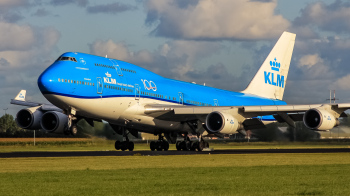Spacecraft design, the process of creating a spacecraft to fulfill a particular mission, is an incredibly complex and intricate endeavor. It requires extensive knowledge of a wide range of disciplines, including aeronautical engineering, physics, mathematics, materials science, and computer science. The purpose of a spacecraft dictates the complexity of its design, from a simple satellite to an advanced interplanetary probe.
A spacecraft is typically composed of a propulsion system, guidance and control system, communication system, power system, and other subsystems. The design of these systems must work in harmony to enable a successful mission.
The propulsion system of a spacecraft is responsible for providing the thrust needed to propel the spacecraft in the desired direction. It consists of the rocket engines, fuel, and other components. Various types of rocket engines have been used, including chemical, electric, hybrid, and nuclear. Chemical engines are the most common, and use a reaction between two substances, typically a fuel and an oxidizer, to generate thrust. Electric engines use electric or ionic propulsion, while hybrid engines use a combination of chemical and electric propulsion. Nuclear engines use fission or fusion reactions to generate thrust.
The guidance and control system of a spacecraft is responsible for controlling its flight path. This system typically consists of an onboard computer and guidance systems, such as gyroscopes, accelerometers, rate gyroscopes, and attitude reference systems. The onboard computer processes information from the guidance systems and controls the spacecraft’s attitude and trajectory.
The communication system of a spacecraft is responsible for transmitting data to and from the spacecraft. This system usually consists of a radio transceiver, antennas, and other components. The transceiver is used to send and receive signals from Earth, while the antennas are used to transmit and receive signals from other spacecraft.
The power system of a spacecraft is responsible for providing the energy needed for the spacecraft’s operations. This system usually consists of solar panels, batteries, and other components. Solar panels collect energy from the Sun and convert it into electrical energy, while batteries store energy for later use.
Spacecraft design is an incredibly complex and multifaceted endeavor. The design of a spacecraft must take into account its propulsion system, guidance and control system, communication system, and power system, among other systems. Each of these systems must be carefully designed and integrated to ensure a successful mission.





Comments